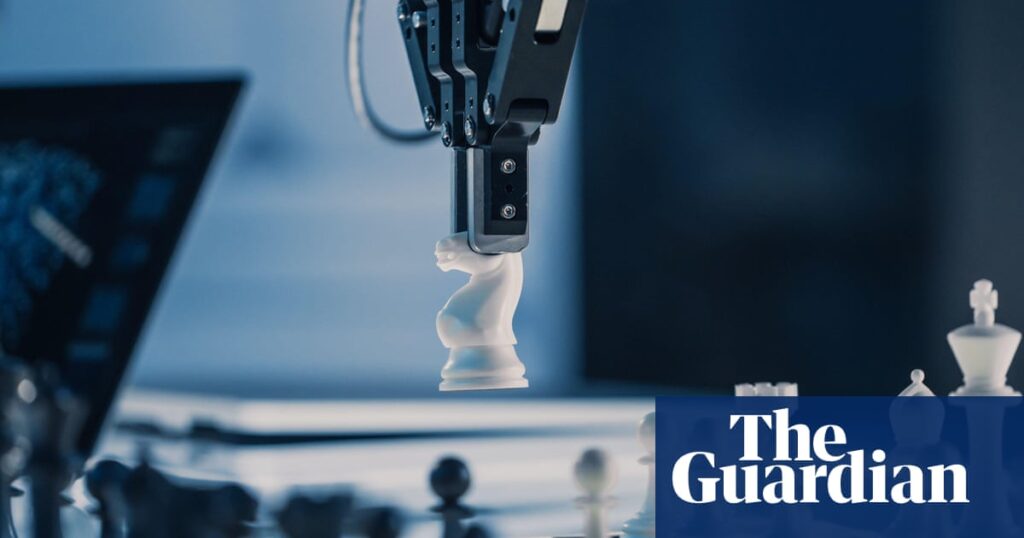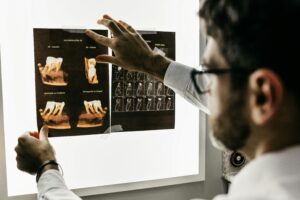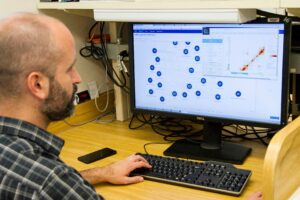
If Adam Dorr’s predictions hold true, robots and artificial intelligence will revolutionize the global economy within a generation, potentially rendering much of the human workforce obsolete. Dorr, a social scientist and futurist, envisions a sweeping technological transformation that could replace nearly all human labor within the next 20 years.
Leading a team of researchers at RethinkX, a nonprofit organization dedicated to analyzing technological disruption, Dorr has studied technological shifts across history. He asserts that the current wave of innovation will not merely disrupt but completely transform the labor market by 2045. Drawing parallels with historical shifts, Dorr compares this potential upheaval to the transition from horses to cars, gas lamps to electricity, and film cameras to digital technology. “Technology has a new target in its crosshairs – and that’s us. That’s our labor,” Dorr warns.
The Imminent Rise of Machines
According to Dorr, the capabilities and cost-effectiveness of machines are improving at a consistent rate. This trend suggests that within a generation, machines will be able to perform most tasks as well as, if not better than, humans. “We’re the horses, we’re the film cameras,” Dorr states, emphasizing the inevitability of this transition.
Dorr, who holds a PhD in public affairs from the University of California, Los Angeles, shared his insights during a recent visit to Ireland. He addressed the Dargan Forum in Dún Laoghaire, a gathering focused on green and digital transitions. While his predictions may seem ominous, Dorr also highlights the potential for a future of “super-abundance” if managed correctly. However, he cautions that mishandling this transition could lead to increased inequality and oligarchy.
Historical Patterns and Future Predictions
RethinkX has documented over 1,500 technological transformations throughout history. From this data, Dorr observes a consistent pattern: once a new technology gains a foothold, it rapidly dominates the market within 15 to 20 years. This suggests that robots and AI could soon make human labor largely redundant.
“Machines that can think are here, and their capabilities are expanding day by day with no end in sight. We don’t have that long to get ready for this. We know it’s going to be tumultuous.”
Some industries may experience a temporary period where humans and robots work side by side, akin to chess grandmasters collaborating with computer programs. However, Dorr predicts that humans will eventually become obsolete in most sectors. While some jobs, particularly those requiring human input like sports coaching or politics, may persist, they will face competition from machines. “There will remain a niche for human labor in some domains. The problem is that there are nowhere near enough of those occupations to employ 4 billion people,” Dorr notes.
Preparing for a New Era
Dorr stresses the need for societies to prepare for this impending transformation by re-evaluating concepts such as value, price, and distribution. “I don’t have the answers. We don’t even know if we have the right questions. We need to experiment now and try out new ownership structures, new stakeholder structures,” he advises.
His book, “Brighter: Optimism, Progress and the Future of Environmentalism,” offers a hopeful perspective on clean energy and the potential for a brighter future. While acknowledging the risks of economic dislocation and populist backlash, Dorr argues that these outcomes are not inevitable. He envisions a future where productivity gains lead to widespread abundance, with fair distribution inspired by models like open-source software.
“This could be one of the most amazing things to ever happen to humanity.”
Finding Meaning in a Post-Work World
Despite the dire predictions of previous futurists, Dorr believes that this time, an era of leisure is genuinely possible. He suggests that society can learn from historical examples of individuals who lived meaningful lives without the necessity of work, such as aristocrats. “We can think of examples of spoiled rich brats who seemed sort of aimless and perhaps miserable but others were able to live meaningful, purposeful lives,” he reflects.
Dorr concludes that in a world where work is no longer a necessity, people will find meaning in relationships and community connections. “It sounds sappy but I think it’s deeply true,” he adds, offering a vision of a future where humanity thrives beyond the constraints of traditional labor.







